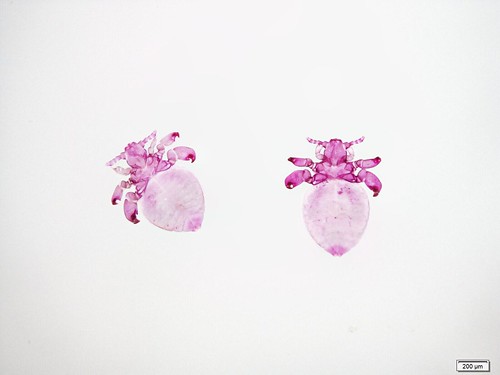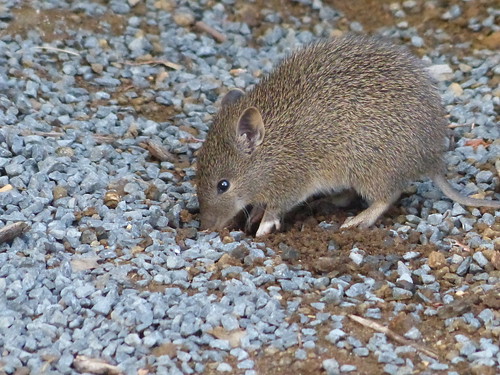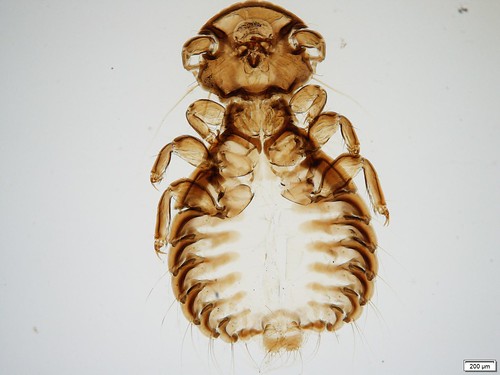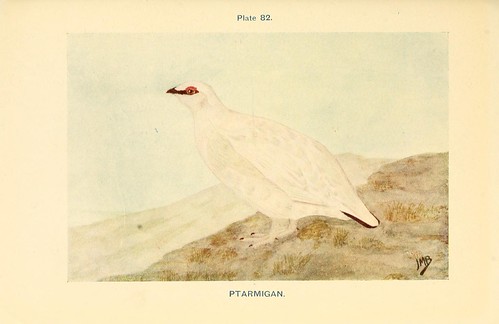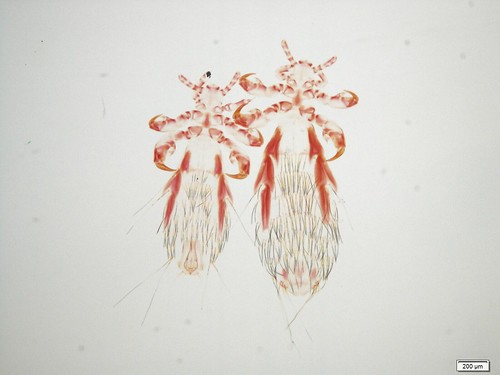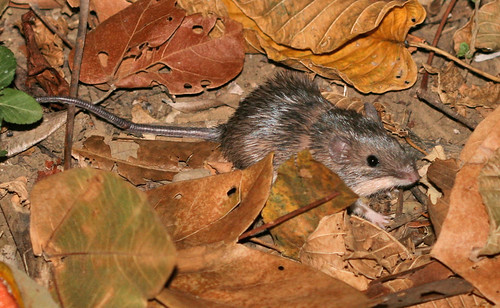The Anoplurans or sucking lice are hematophagous ectoparasites primarily found in terrestrial mammals. However, within the last century, a small group of anoplurans were recently discovered who were adapted to the extreme climatic conditions of Antarctica, infecting pinnipeds worldwide (Leonardi et. al 2015). This group of lice are members of the family Echinophthiriidae, which comprises 5 genra and 13 species!
Within this family, more than half the species belong to the genus Antarctophthirus, making it the most diverse genus of the family. A couple of well-known species found within this genus are Antarctophthirus lobodontis Enderlein, 1909 and Antarctophthirus trichechi (Bohemann, 1865), shown below.

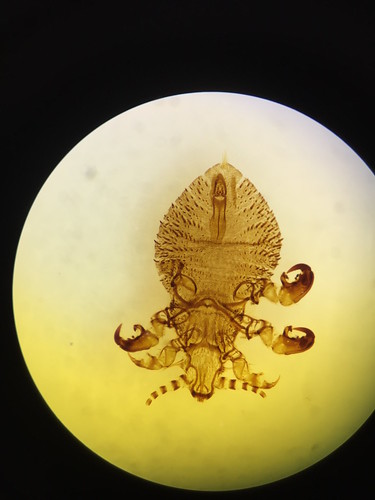
As you can see from the Antarctophthirus species above, these Anopluran parasites are all adapted to withstand cold marine environments by a thick coating of spines or scales, a similar adaptation taken on by their pinniped hosts. Studies have shown that this remarkable adaptation is indeed most likely due to a long co-evolutionary process associated with the terrestrial pinniped ancestors (Kim 1985). Who would have known?!
Not only does this family serve as a keystone for future co-evolutionary louse-host research, but many scientists are also investigating the potential use of lice as indicators to both environmental changes and hosts’ behavior, ecology, and population dynamic (Smith et al. 1999, 2003; Domack et al. 2003; Vaughan et al. 2003).
Future research looks rather promising and so does Anoplura phylogeny, stay tuned!
